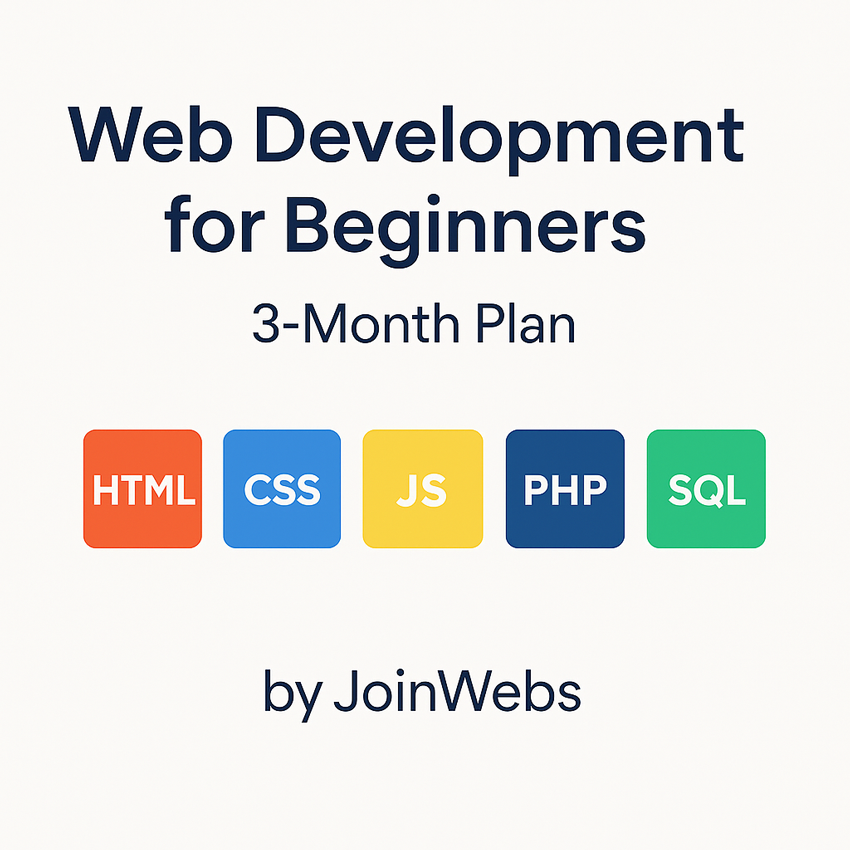Lecture 2: Core HTML Concepts

Lecture 2: Core HTML Concepts
1. HTML Entities
HTML entities are special codes used to display reserved characters in HTML. They start with & and end with ;.
| Character | Entity Code | Output |
|---|---|---|
| < | < | < |
| > | > | > |
| & | & | & |
| “ | " | “ |
| ‘ | ' | ‘ |
2. What is LAMP?
LAMP is a stack of technologies used for web development:
- L = Linux (Operating System)
- A = Apache (Web Server)
- M = MySQL (Database)
- P = PHP (Scripting Language)
3. What are HTML Attributes?
Attributes provide additional information about HTML elements. They are written inside the opening tag.
<img src="image.jpg" alt="My Image" width="200">Here, src, alt, and width are attributes.
4. What is a Pixel?
Answer: A pixel (short for picture element) is the smallest unit of a digital image or screen. One pixel displays a single dot of color on the screen.
5. What is the Maximum Width of a Web Page?
Web page width depends on screen resolution. Here are suggested widths:
- 800 × 600 → ~780px
- 1024 × 768 → ~980px to 1000px
Modern websites use responsive layouts instead of fixed widths.
6. Old HTML Example (Deprecated Tags)
<font width="200" height="100" color="green" size="2">This is my text</font>Note: Font tag and attributes like width, height, and color are deprecated in HTML5. Use CSS instead.
7. Web 4.0 Approach (Modern HTML & CSS)
Modern HTML separates content from styling. Use CSS for design:
<p style="color: green; font-size: 14px;">This is my text</p>8. <img> Tag Explanation
<img src="path/to/image.jpg" alt="Description of image">- src: Path to the image file
- alt: Alternate text for accessibility and SEO
9. HTML Element Behavior Types
Inline Elements: Do not start on a new line and only occupy as much width as needed. Examples: <span>, <a>, <strong>, <img>
Block Elements: Start on a new line and take the full width. Examples: <div>, <p>, <h1> to <h6>
10. HTML Nesting Rules
- ✅ Allowed: Block inside Block
- ✅ Allowed: Inline inside Inline
- ❌ Not Allowed: Block inside Inline
<div><p>Text inside paragraph</p></div> <!-- ✅ Valid -->
<span><a href="#">Link</a></span> <!-- ✅ Valid -->
<span><div>Invalid</div></span> <!-- ❌ Invalid -->
HTML Tags, Image Handling, and Entities
Brief Explanation of Common HTML Tags
- <em>: Emphasizes text, usually displayed in italics.
<em>Important text</em>→ Important text - <pre>: Displays preformatted text, preserving spaces and line breaks.
<pre>Line 1 Line 2</pre> - <span>: A generic inline container used to group text for styling or scripting.
<span style="color: red;">Red text</span>→ Red text
<img> Tag and Its Attributes
The <img> tag is used to display images in HTML.
<img src="images/photo.jpg" alt="My Photo" title="Hover Text" width="200" height="150">- src: Path to the image file
- alt: Alternative text for screen readers or if image fails to load
- title: Tooltip text shown on hover
- width: Width of the image in pixels
- height: Height of the image in pixels
Image Path Types
- Relative Path: Refers to files relative to the current HTML file’s location.
Example:images/photo.jpg - Absolute Path: Full URL used on live servers.
Example:https://example.com/images/photo.jpg
Path Best Practices
- Always start paths with
/from root if working on server. - Use
../to move one level up in folder hierarchy.
Example:../../images/bbc.jpg - On local development, always use relative paths.
- On live servers, absolute paths are often used in CDN or hosted media files.
Common Image File Types
- JPG/JPEG: Best for photos and smaller file size. No transparency support.
- PNG: Supports transparency and better quality. Larger file size than JPG.
- GIF: Supports animation and transparency, limited to 256 colors. Lightest format.
- BMP: Bitmap format. Very large file size. Rarely used for web.
- TIF/TIFF: High-quality format used in printing. Not suitable for web use.
Recommendation:
- Use JPG for standard images without transparency.
- Use PNG for images with transparent background.
- Use GIF only for lightweight icons or simple animations.
Important HTML Entities
| Entity | Description | Rendered Output |
|---|---|---|
| | Non-breaking space | [ ] |
| & | Ampersand | & |
| < | Less-than sign | < |
| > | Greater-than sign | > |
| © | Copyright symbol | © |
| ® | Registered trademark | ® |
| ™ | Trademark | ™ |
Tip: Always use HTML entities to avoid issues with special characters in HTML code.